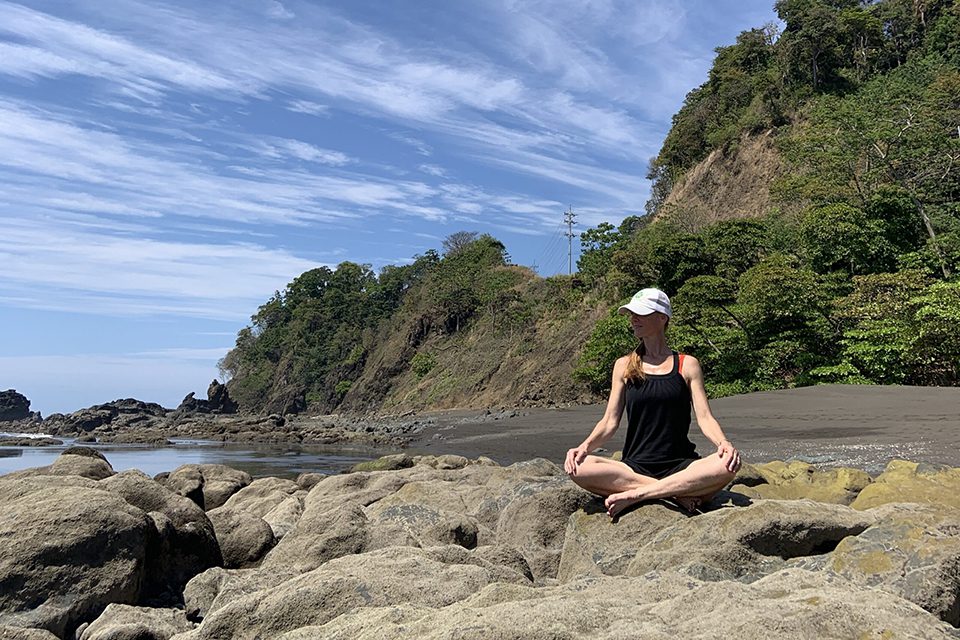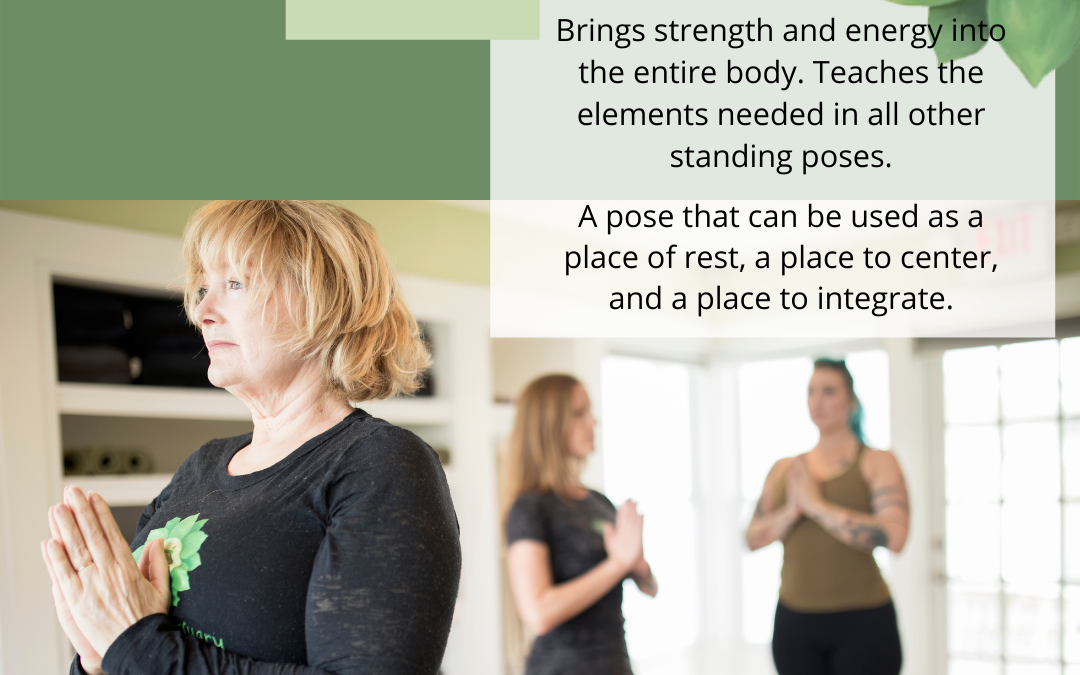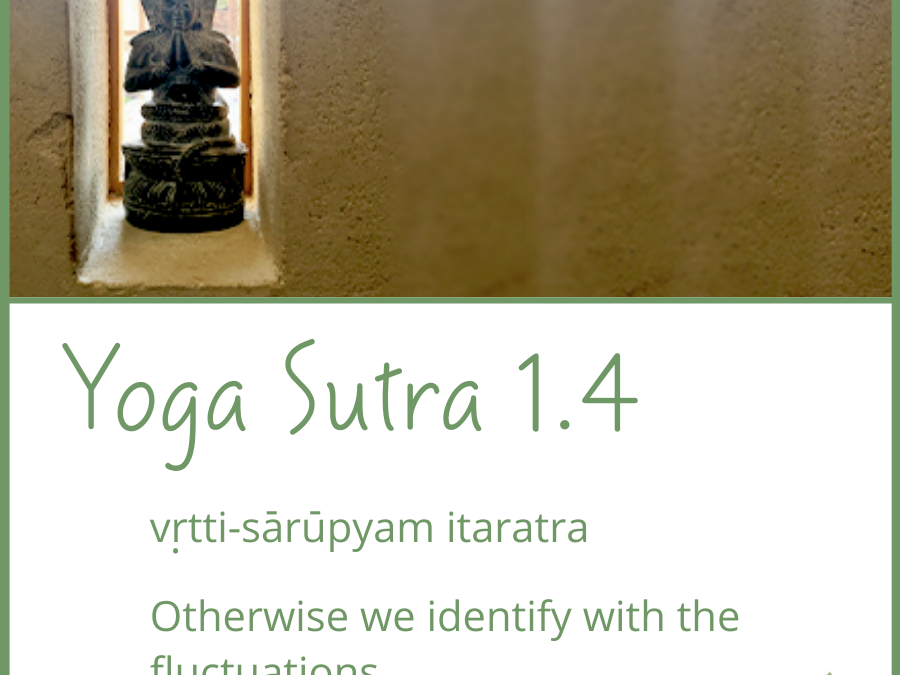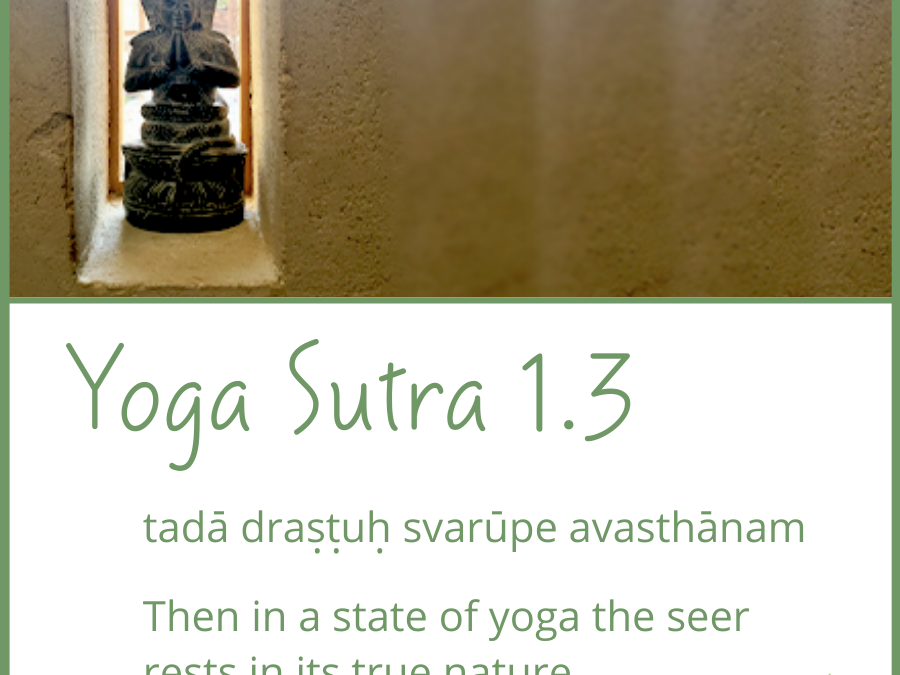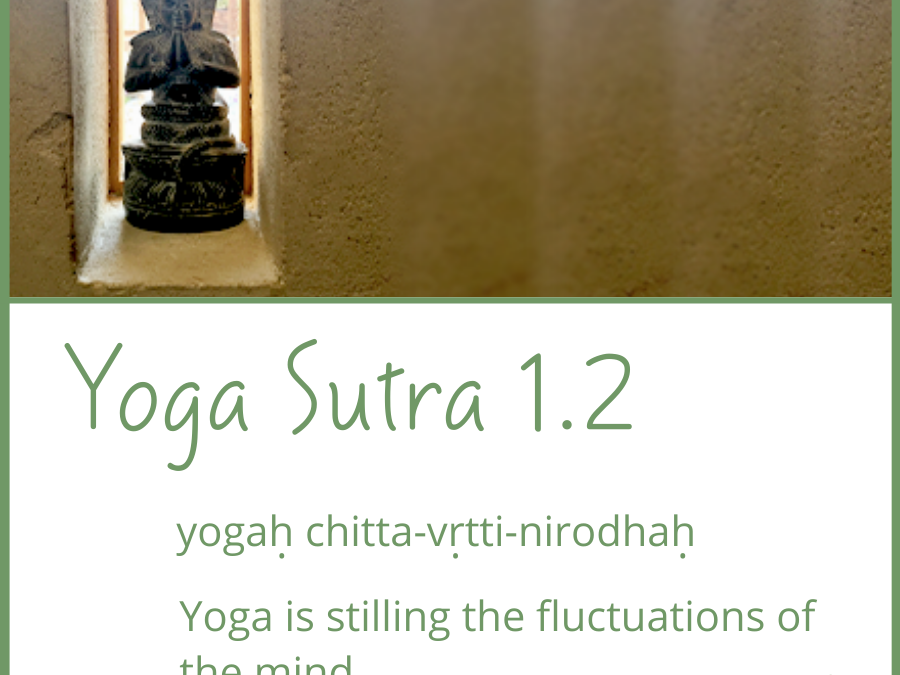It isn’t realistic to think that caregivers can do everything themselves. Most of us like being independent and hesitate asking for help, but we need to give ourselves permission to reach out for it. This is not a time for isolation. Offers of help are gifts of love and should be received as such. If the caregiver has the resources, others may be hired to help with outdoor or indoor chores. If not, asking a family member or friend to pitch in may benefit both parties…




